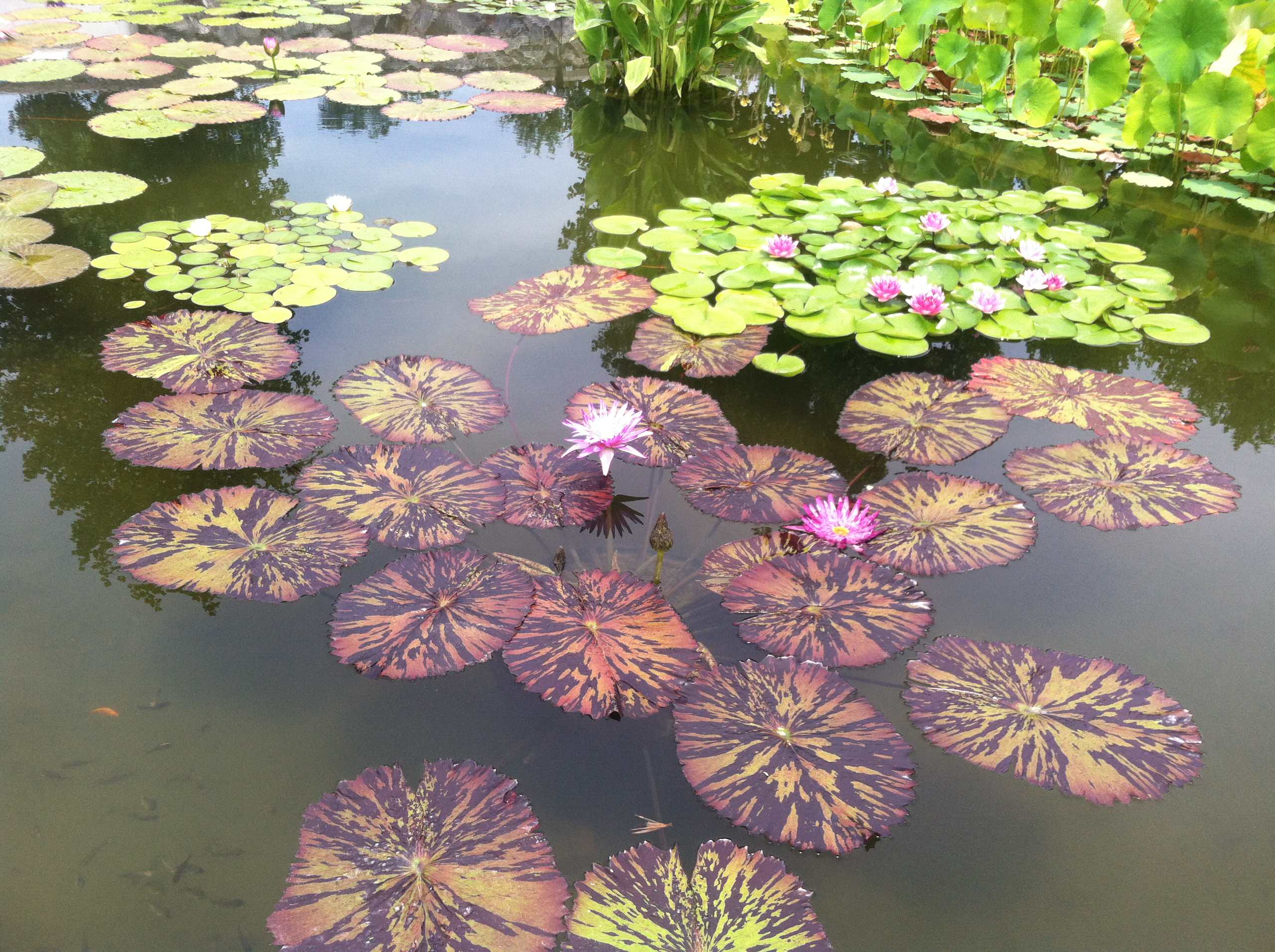The Function of Garden Design in Supporting Sustainability and Biodiversity
Garden design is significantly identified for its potential to foster sustainability and boost biodiversity within urban and rural landscapes. By focusing on native plant types and using water preservation strategies, designers can develop atmospheres that not just grow but also call for marginal chemical treatment. Incorporating components that support wildlife habitats is important in maintaining ecological equilibrium. As areas start to welcome these techniques, the ramifications for both individual and cumulative ecological stewardship ended up being profound. What are the particular techniques that can successfully link the space between aesthetic allure and environmental obligation?
Importance of Indigenous Plants
Stressing the usage of native plants in yard design is vital for promoting environmental balance and sustainability. Native plants are those that normally take place in a certain region and have actually adapted to the neighborhood climate, soil, and wildlife. Their unification right into gardens supports regional communities by supplying habitats and food resources for indigenous pollinators, birds, and various other wildlife.

Water Preservation Methods

In addition, carrying out rainfall gardens can catch and filter stormwater runoff, promoting groundwater recharge while lessening erosion - garden design near Kiawah Island SC. These yards make use of native plants that thrive in wet conditions, properly handling excess water while producing diverse habitats
Moreover, employing mulch in garden beds aids preserve dirt moisture, reducing dissipation and the frequency of watering (Landscape Designer). Organic composts, such as wood chips or straw, also improve soil wellness over time
One more reliable strategy is using absorptive paving products in paths and outdoor patios, allowing rain to penetrate the ground as opposed to escaping. This promotes wetness retention and reduces the demand for watering.
Finally, mounting a rain harvesting system can considerably contribute to water conservation efforts. Accumulating and keeping rainwater for garden usage motivates sustainable practices and reduces dependence on community water resources. By incorporating these strategies, yard layouts can efficiently advertise water preservation while sustaining environmental health and wellness.
Reducing Chemical Use
While several garden enthusiasts seek lively and healthy and balanced plants, reducing chemical usage is necessary for cultivating a sustainable ecological community. The reliance on synthetic plant foods and pesticides can cause dirt destruction, water contamination, and a decline in useful insect populations. By taking on natural gardening methods, garden enthusiasts can boost the wellness of their landscapes while advertising biodiversity.
One reliable approach is to utilize compost and natural amendments, which improve the dirt naturally and enhance its structure. These practices not just boost plant health and wellness however likewise reduce the demand for chemical plant foods. Executing integrated bug administration (IPM) methods better lessens chemical inputs by motivating all-natural predators, such as ladybugs and parasitic wasps, to control pest populaces.

Creating Wild Animals Habitats
Developing lively wildlife environments within gardens not just enhances biodiversity but additionally matches sustainable horticulture techniques aimed at minimizing chemical usage. By incorporating native plants, gardeners can supply crucial resources such as food and sanctuary for different types, including birds, insects, and small creatures. Indigenous plants are well-adapted to neighborhood conditions, requiring much less water and fewer chemical inputs, hence aligning with sustainability goals.
The design of these environments can include varied layers of plants, such as trees, bushes, and ground cover, which enhances structural complexity and provides diverse niches for wild animals (landscape designer near Folly Beach South Carolina). Additionally, features like water sources, such as small ponds or birdbaths, can attract and sustain a broader series of varieties
Keeping a naturalistic approach, which might include leaving some areas wild or uninterrupted, enables the all-natural procedures of environments to flourish. This technique encourages the visibility of beneficial insects and pollinators, which play a vital function in the wellness of both yards and surrounding environments. Generally, producing wildlife environments is a fundamental aspect of sustainable yard design, cultivating environmental balance and resilience while boosting the elegance and performance of exterior rooms.
Area Engagement in Gardening
Neighborhood engagement in horticulture fosters a sense of belonging and cumulative responsibility, transforming private horticulture initiatives into common initiatives that profit the whole area. By entailing area participants in horticulture projects, we can grow not just plants yet additionally partnerships and socials media. Neighborhood gardens work as essential areas for education and learning, where individuals of every ages can discover lasting techniques, biodiversity, and ecological stewardship.
Collective horticulture efforts, such as neighborhood gardens, promote the exchange of knowledge and resources, making sure that all participants can add and profit. This inclusivity improves neighborhood durability, as members collaborate to overcome difficulties such as food insecurity and environmental degradation. Additionally, community gardens can act as platforms for social expression, allowing people to share their heritage via diverse planting and gardening methods.
Additionally, engaging the community in gardening initiatives can result in increased understanding of neighborhood ecological communities and the importance of biodiversity. By working jointly to design and keep these spaces, residents cultivate a shared commitment to sustainability, creating a long lasting effect on both the setting and area communication. Inevitably, area engagement in gardening is an effective device for advertising ecological stewardship and boosting the quality of life within communities.
Conclusion
In verdict, calculated garden layout significantly adds to sustainability and biodiversity browse around this web-site (Landscape Designer). By emphasizing the usage of native plants, executing water conservation techniques, and lessening chemical inputs, yards can efficiently sustain local ecosystems. Furthermore, the creation of wildlife environments and cultivating community interaction further boost ecological stewardship. Collectively, these techniques not just improve the elegance of spaces however additionally advertise ecological equilibrium, making garden layout a crucial component in the search of a lasting future.